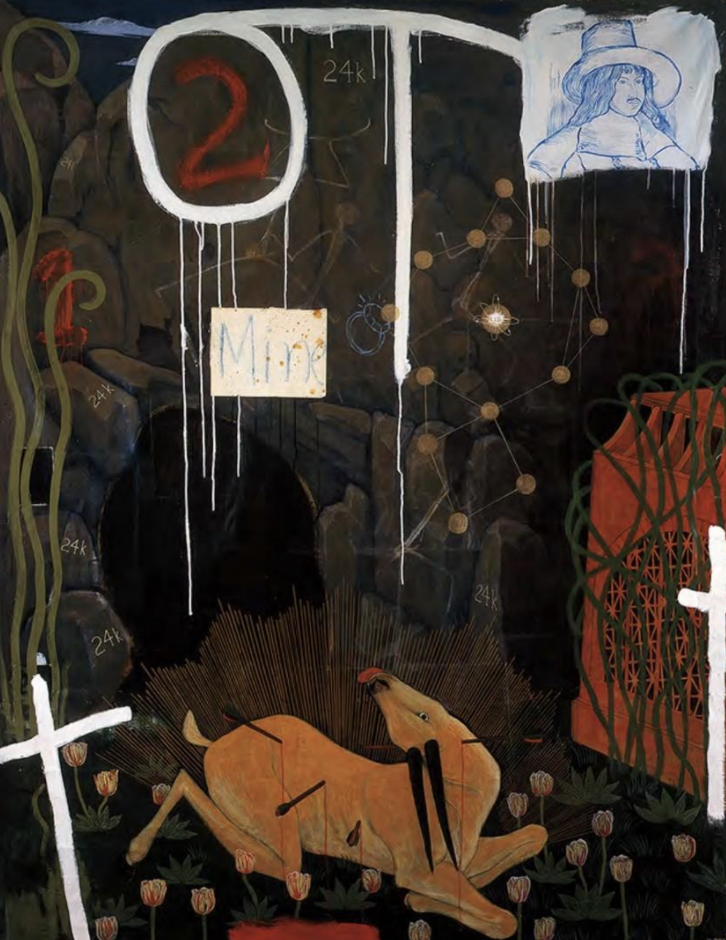Sarah Hoskins, American
Black Appalachia, 2017
The photographer Sarah Hoskins set out to show that the coal industry is diverse and not just exclusive to white workers. The photograph above is one artwork from her collection displaying the racial diversity of a coal community in Lynch, Kentucky. The scene takes place in a church as the deacon and others pray for Reverend Hampton. Many of the community members have a history in coal mining that has led to a shared sense of pride and strengthened bonds to support each other. Despite the decline of the coal industry in Lynch, these people continue to support each other in times of need and work towards a brighter future. Label by Jonathan Yoder
This is a photo by Sarah Hoskins from Katelyn Fossett’s article “Black Appalachia” showing members of the Mount Sinai Baptist Church in Lynch Kentucky praying for Reverend Hampton before his knee surgery. Through her photographs Hoskins documents Black communities in Appalachia that are left out of the common narrative, as Appalachia is usually characterized as “rural, mostly poor and mostly white” yet “coal miners have never been a racially homogenous group.” Fossett examines how the history of coal mining in the region created a large boom and bust leaving many towns empty as emigration rates rose. Lynch is one such town, with its population at a mere 800 people after the collapse of the coal economy. There is a juxtaposition between the pride people feel about their work in the mines, with the environmental issues that mountaintop removal mining has caused. Label by Savannah Singleton




